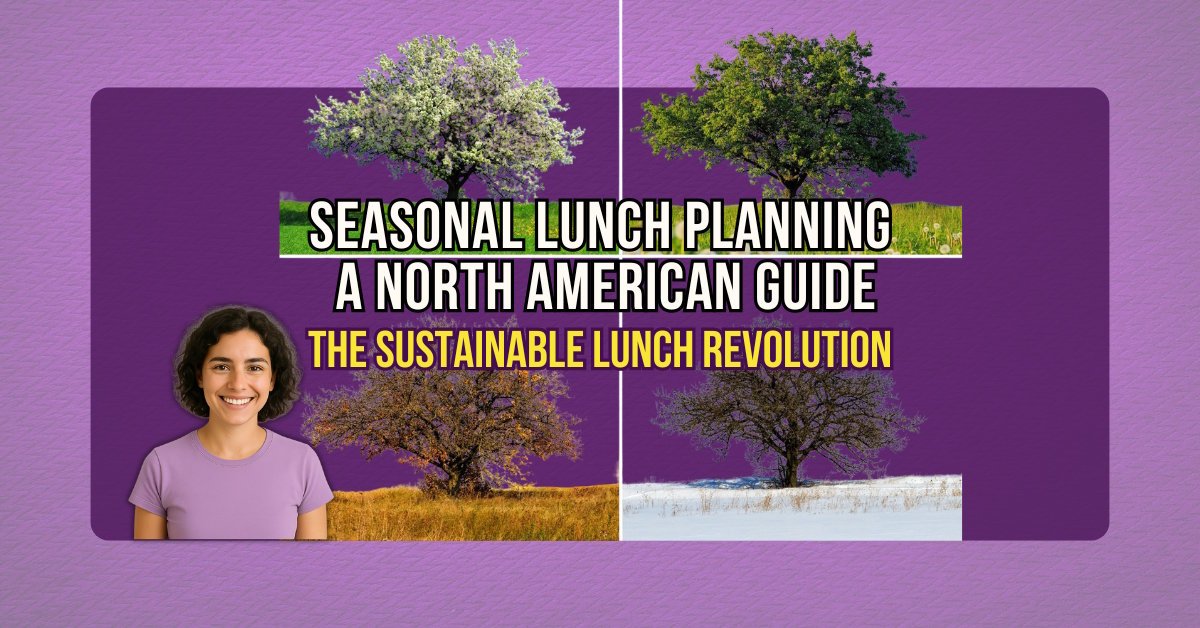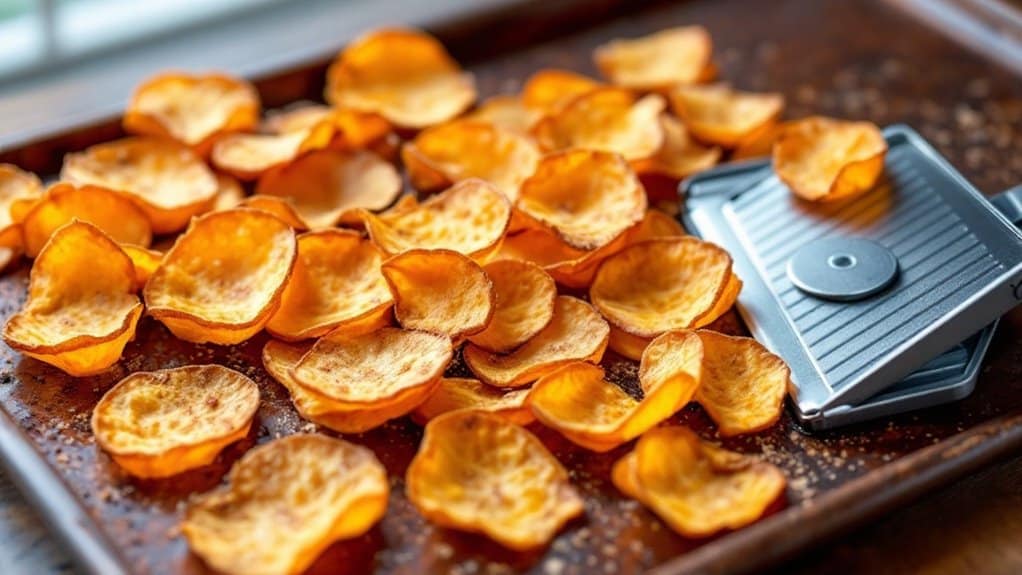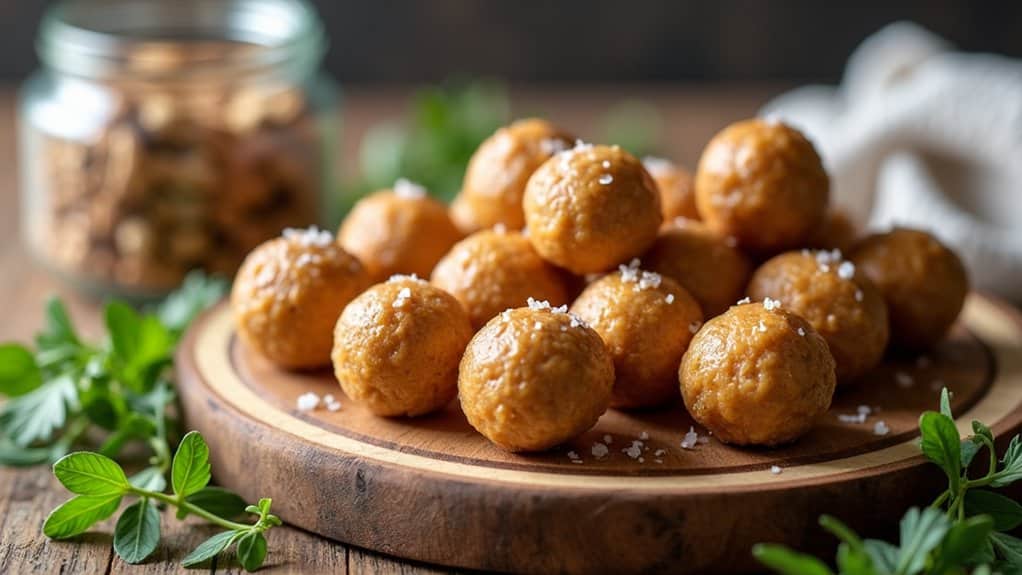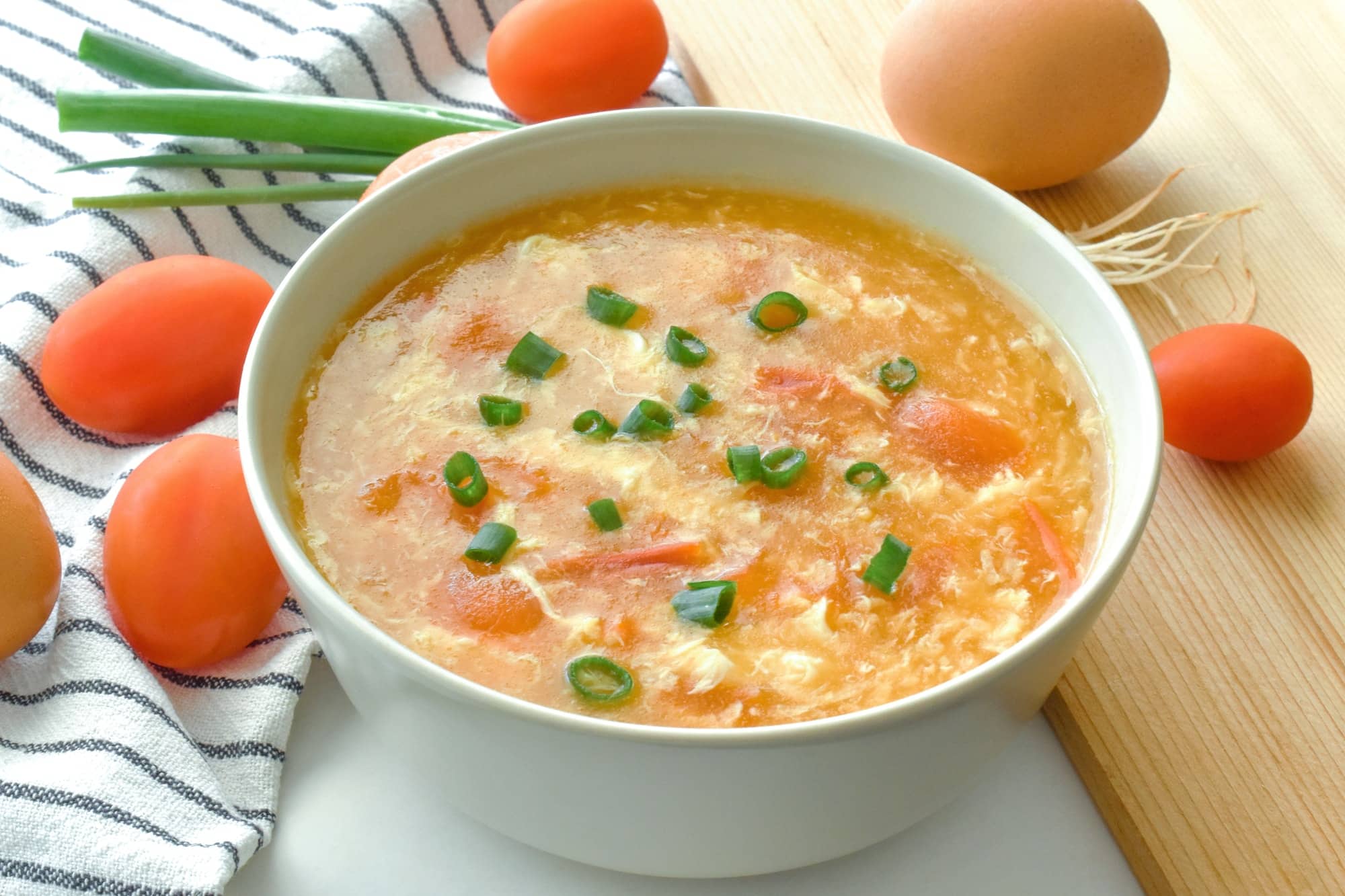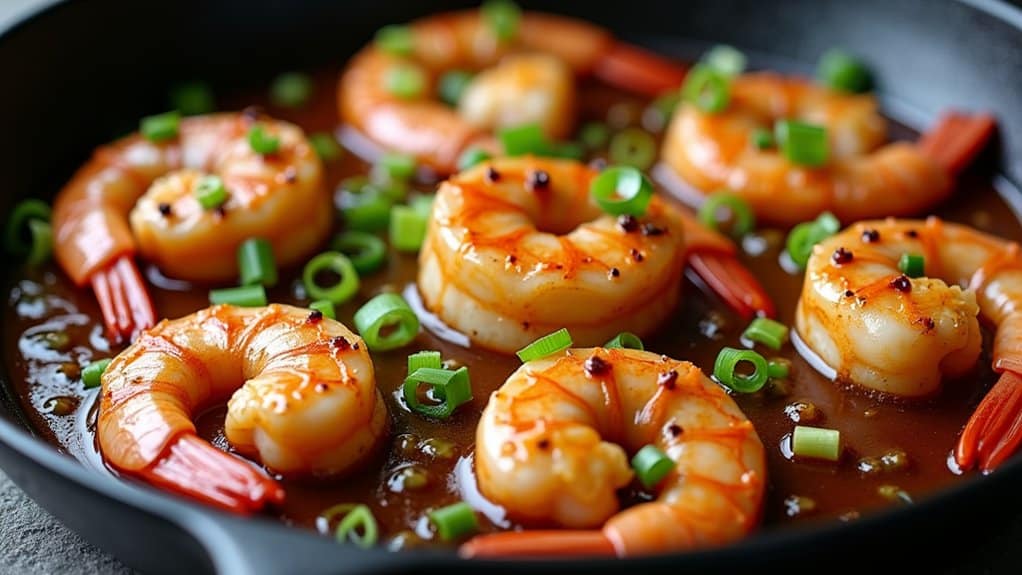Eating with the Rhythms of Nature (From Coast to Coast)
Here’s something that might shock your wallet into submission: seasonal produce isn’t just trendy Instagram content—it’s actually the secret weapon for eating well without going broke. Seasonal produce is not only more affordable but also more nutritious, while out-of-season produce requires artificial environments and technology to grow, resulting in higher prices and more emissions. It’s like nature has been trying to tell us something all along, but we’ve been too busy buying strawberries in January to listen.
In Canada, with our famously short growing seasons and diverse climates, the practice of seasonal eating takes on special significance. Despite what sometimes feels like nine months of winter, Canadian farmers produce an impressive range of fruits, including apples, pears, peaches, nectarines, plums, cherries, grapes, blueberries, cranberries, strawberries, raspberries, saskatoons, and haskaps (which sound made up but are deliciously authentic).
Why Seasonal Eating Makes Sense in North America
When you eat seasonally, you’re basically working with nature instead of fighting it like some kind of agricultural wrestler. This approach offers benefits that go way beyond just feeling good about your food choices:
- Lower cost: When there’s abundance, prices drop (economics 101)
- Better nutrition: Produce picked at peak ripeness has optimal nutrient content, not the nutritional equivalent of cardboard
- Superior flavor: Sun-ripened summer tomatoes vs. those pale winter impostors
- Reduced environmental impact: No heated greenhouses or transcontinental shipping required
- Menu variety: Natural rotation prevents the “I’m so bored with this food” syndrome
- Economic impact: Supporting local farmers keeps money circulating in communities
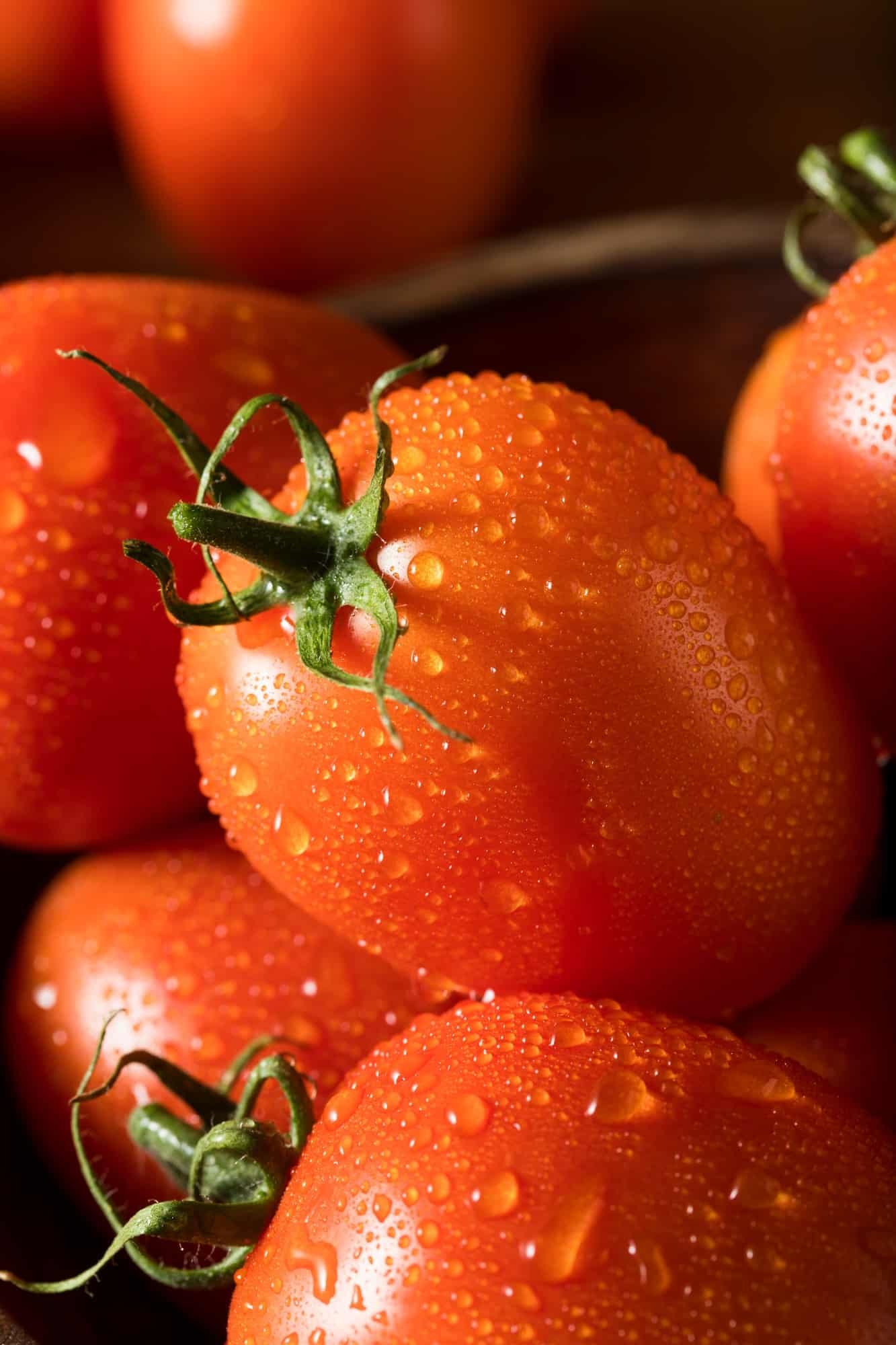
Spring (March-May): Nature’s Fresh Start
Spring brings tender greens and the first fresh vegetables after winter’s parade of root vegetables and stored apples. Asparagus arrives in April in British Columbia, May in the rest of the country, continuing into July towards the East Coast, along with fiddleheads, radishes, spinach, and later peas, beans, cauliflower, and broccoli.
Early Spring Stars (The Comeback Kids):
- Asparagus: Roast it and add to grain bowls for that “I’m a sophisticated adult” vibe
- Fiddleheads: A uniquely Canadian delicacy—sauté with garlic and pretend you forage
- Ramps: Wild leeks with intense flavor that food bloggers go crazy for
- Maple syrup: Fresh from sugar bushes (Quebec and Ontario, we’re looking at you)
- Spring onions: Add raw crunch to salads without the tears
- Radishes: Quick-pickle these for sandwich toppers that actually taste good
- Spinach: Perfect for fresh salads or sautéed for warm bowls
Late Spring Additions (The Plot Thickens):
- Strawberries: Peak season from May through July, depending on the region
- Peas: Sweet and crunchy in grain salads, plus you can eat the pods
- Rhubarb: Tangy compote for yogurt parfaits (and pie, obviously)
- New potatoes: Perfect for potato salads that don’t taste like cardboard
- Greenhouse vegetables: Peppers and tomatoes start appearing (even if they’re not quite outdoor quality yet)
Spring Lunch Champion: Asparagus and pea quinoa salad with maple-lemon vinaigrette, fresh herbs, and local goat cheese. It screams “I have my life together” while actually being quite simple.

Summer (June-August): The Season of Abundance
Summer hits, and suddenly it’s like someone turned on a produce fire hydrant. Stone fruits like peaches, plums, and apricots burst onto the scene, followed by nectarines. This is the season where eating well becomes almost embarrassingly easy.
Peak Summer Produce Parade:
- Berries Galore: Gooseberries, Saskatoon berries, strawberries, raspberries, currants, cherries, blackberries
- Stone Fruits: Apricots and nectarines that actually taste like sunshine
- Tomatoes: Finally worth eating raw! Put down that sad winter tomato.
- Corn: Sweet, crispy, and perfect for everything
- Zucchini and Summer Squash: Spiralize for “noodles” that won’t make you miss pasta (much)
- Peppers: Both sweet and hot varieties for every spice tolerance
- Cucumbers: Refreshing in every form, from pickles to gazpacho
- Green Beans: Crisp-tender and versatile
- Leafy Greens: Swiss chard that’s actually exciting
Canadian Summer Specialties (AKA The Stuff That Makes Us Special):
- Saskatoon Berries: Prairie superfruit that’s basically Canada’s best-kept secret
- Wild Blueberries: Smaller and more intensely flavored than their cultivated cousins
- Haskap Berries: Tart-sweet with antioxidants for days
Summer Lunch All-Star: Tomato and corn salad with fresh basil, local mozzarella, and wild blueberries for dessert. It’s like summer in a container.
Fall/Autumn (September-November): Harvest Richness
Fall gets stereotyped as the season for pumpkin spice everything, but early fall often delivers the best eggplants and even tomatoes. Plus, Canada is the second-largest cranberry producer after the United States, with Quebec and British Columbia accounting for almost 95% of our cranberry crop.
Autumn Abundance (The Comfort Food Season):
- Winter Squash: Butternut, acorn, delicata, hubbard—nature’s comfort food
- Apples: Countless varieties, including McIntosh, Honeycrisp, Northern Spy
- Pears: Bartlett, Bosc, Anjou—perfect for both sweet and savory dishes
- Brussels Sprouts: Roasted until crispy (the only way to eat them)
- Cauliflower: Versatile and hearty, from rice to steaks
- Broccoli: Mid to late fall brings excellent broccoli rabe, cauliflower, cabbage, and kale
- Root Vegetables: Beets, carrots, parsnips, turnips—the underground heroes
- Cranberries: Fresh from Quebec and BC bogs
- Pumpkins: Not just for carving (though carving is fun too)
Fall Lunch Superstar: Roasted squash and apple soup with cranberry-walnut salad, served with whole-grain bread from your local bakery. It’s like eating a hug.
Winter (December-February): The Challenge Season
Don’t let winter fool you—many vegetables actually benefit from cold weather and get sweeter after frost. Cruciferous vegetables thrive in cold, dry air, and some root vegetables like leeks and turnips are very frost-tolerant.
Winter Warriors (The Frost-Friendly Squad):
- Storage Vegetables: Potatoes, onions, garlic—the reliable trio
- Root Vegetables: Carrots, parsnips, turnips, rutabagas that have been hanging out in root cellars
- Cabbage: All varieties for slaws and soups that warm your soul
- Kale: Frost-sweetened and surprisingly tender
- Leeks: Mild onion flavor perfect for soups
- Winter Squash: Still going strong from fall harvest
- Brussels Sprouts: Even sweeter after frost (seriously!)
- Greenhouse Produce: Lettuce, herbs, and tomatoes in some regions
Winter Lunch Hero: Hearty root vegetable and lentil stew with braised cabbage, served with pickled beets from fall harvest. Comfort food that doesn’t require apologies.
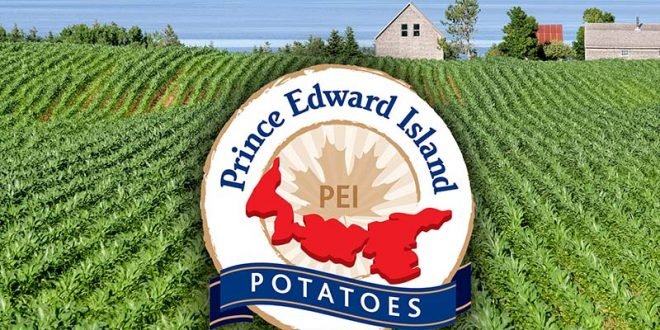
Regional North American Variations (Because We’re Not All the Same)
Atlantic Canada (Where the Ocean Meets the Vegetables)
- Spring: Fiddleheads, wild leeks, maple syrup season
- Summer: Strawberries, blueberries, new potatoes that are basically perfect
- Fall: Apples, turnips, cabbage
- Winter: Storage vegetables, preserved foods, and incredible seafood
Special PEI Note: Famous for potatoes year-round (and they deserve the fame)
Quebec (The Maple Syrup Province Plus Much More)
- Spring: Peak maple syrup season, asparagus, fiddleheads
- Summer: Strawberries, corn, tomatoes
- Fall: Apples, cranberries (61% of Canada’s planted acreage), squash
- Winter: Root vegetables, greenhouse lettuce, stored apples
Ontario (The Fruit Basket)
- Spring: Asparagus, rhubarb, greenhouse vegetables
- Summer: Tender fruits (peaches, cherries), tomatoes, legendary corn
- Fall: Apples, grapes, squash
- Winter: Greenhouse produce, root vegetables
Southern Ontario and southwestern British Columbia enjoy about 180 frost-free days annually, producing much of the country’s fruit.
Prairie Provinces (The Grain and Berry Belt)
- Spring: Limited fresh produce, but greenhouse magic happens
- Summer: Saskatoon berries, vegetables, canola fields for days
- Fall: Root vegetables, grains, pulse crops
- Winter: Storage crops, preserved foods, and creative cooking
British Columbia (The West Coast Wonder)
- Spring: Asparagus arrives in April
- Summer: Berries, stone fruits, vegetables galore
- Fall: Apples, pears, grapes
- Winter: Storage crops, year-round greenhouse production
Practical Seasonal Meal Prep (Making It Work in Real Life)
Sunday Seasonal Batch Cooking
Each Sunday, prep ingredients based on what’s actually available:
- Roast a sheet pan of whatever seasonal vegetables are on sale
- Cook grains that pair well with seasonal produce
- Prepare seasonal fruit for snacks (because fruit prep is real work)
- Make a big pot of seasonal soup for the week
Canadian Winter Preservation Techniques
Extend seasonal eating through time-tested preservation methods:
- Freezing: Berries, corn, prepared soups, blanched vegetables
- Pickling: Cucumbers, beets, radishes, green beans
- Canning: Tomato sauce, fruit preserves, relishes
- Root Cellaring: Potatoes, carrots, apples, cabbage
- Dehydrating: Apple chips, vegetable chips, herbs
Budget Benefits That Actually Matter
Shopping seasonally can dramatically reduce grocery bills:
- In-season produce can cost 50-75% less than out-of-season alternatives
- Bulk buying at peak season for preservation saves money long-term
- Less spoilage because fresher produce lasts longer
- Less packaging when buying from farmers’ markets
- Supporting the local economy keeps money circulating in your community
Sample Seasonal Week (Canadian Reality Edition)
- Monday: Spring fiddlehead and asparagus frittata
- Tuesday: Summer tomato and cucumber salad with local cheese
- Wednesday: Fall butternut squash and apple soup
- Thursday: Winter root vegetable and barley stew
- Friday: Seasonal fruit parfait with maple-sweetened granola
Working with Canadian Challenges (Because Our Seasons Are Intense)
Short Growing Season Solutions:
- Maximize summer preservation efforts
- Embrace root vegetables and storage crops
- Support greenhouse innovation
- Combine local seasonal with efficiently transported staples
Winter Strategies That Don’t Involve Moving South:
- Focus on stored and preserved local foods
- Support greenhouse operations
- Use frozen local produce from the summer
- Accept some imported items for variety and nutrition (we’re not martyrs)
Making Seasonal Connections
- Farmers’ Markets: Direct from growers, ultimate freshness, plus you get to chat with people who grow your food
- CSA Programs: Weekly seasonal variety delivered, like a surprise box but with vegetables
- U-Pick Farms: Lowest prices, family activity, and the satisfaction of earning your food
- Farm Gate Sales: Direct from producer, often with beautiful rural drives included
- Local Food Apps: Track what’s in season locally without leaving your couch
Your Seasonal Action Plan (Because Good Intentions Need Structure)
- Find Your Local Market: Visit Farmers Markets Canada for locations
- Download Seasonal Guides: Get province-specific guides from agricultural websites
- Start Preserving: Begin with freezing (it’s the easiest gateway to preservation)
- Join a CSA: Connect directly with a local farm and let them surprise you weekly
- Track Your Seasons: Note when favorites appear and disappear (it’s like food phenology)
Seasonal eating in North America transforms lunch from a daily decision into a celebration of our diverse agricultural heritage and the natural cycles that shape it. Despite our challenging climate (or perhaps because of it), North American seasonal produce offers intense flavors, superior nutrition, and deep connections to place and community.
Embrace the rhythms of North American seasons, and discover how delicious and economical sustainability can be. Your taste buds, wallet, and local farmers will thank you.

